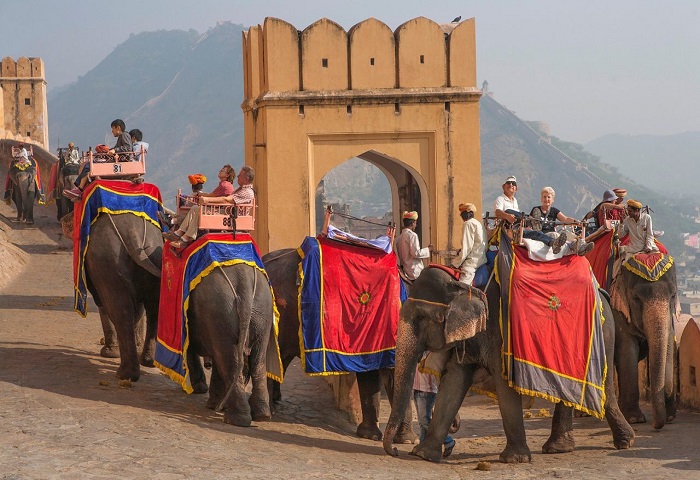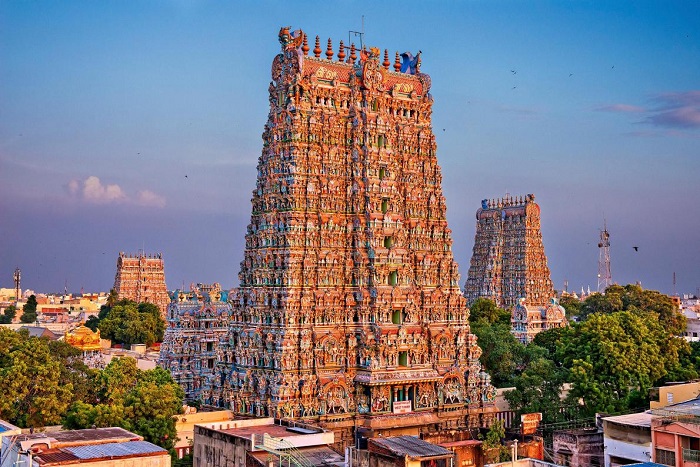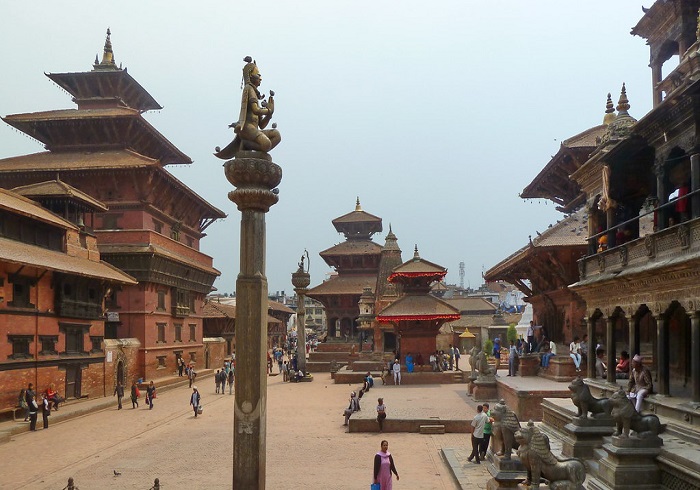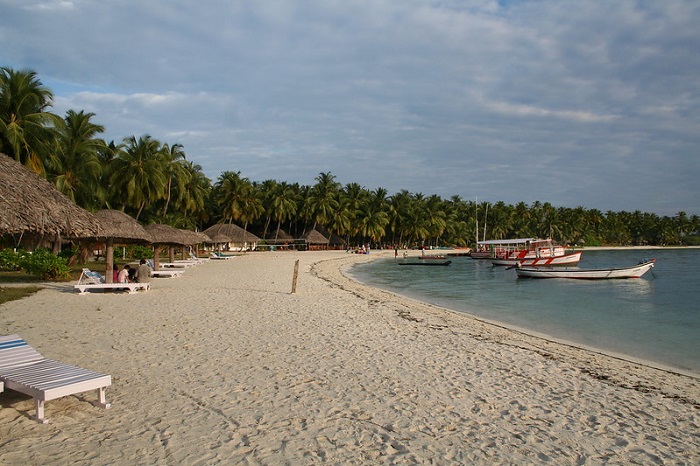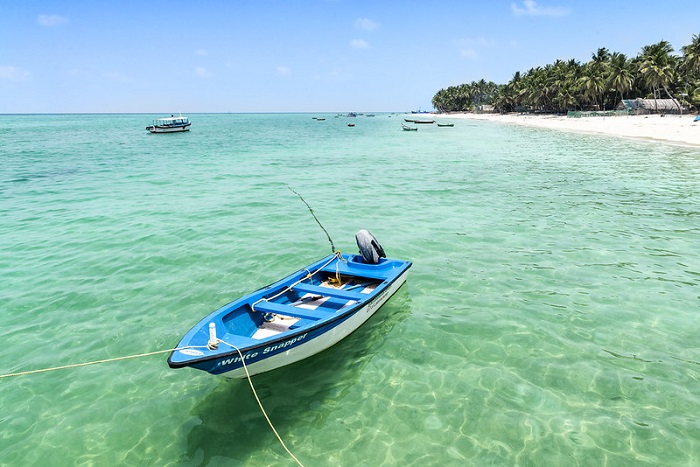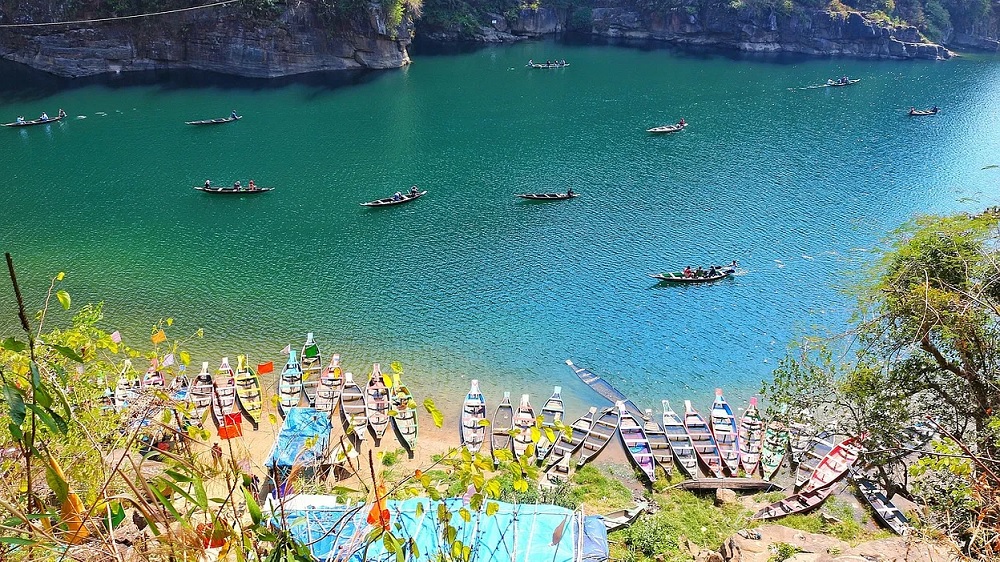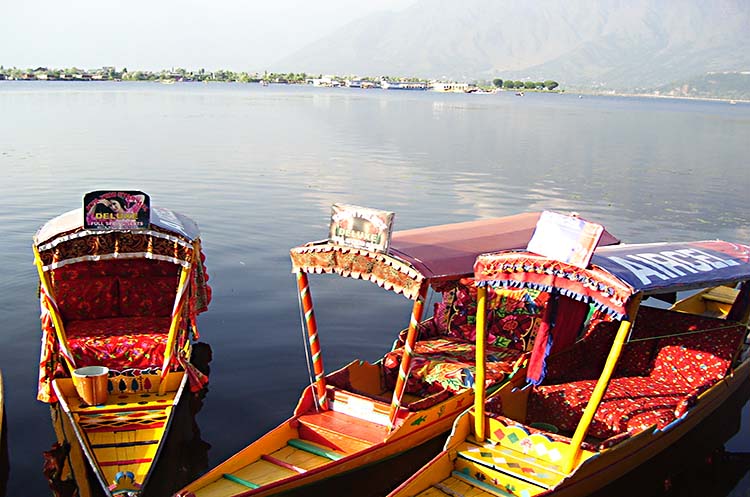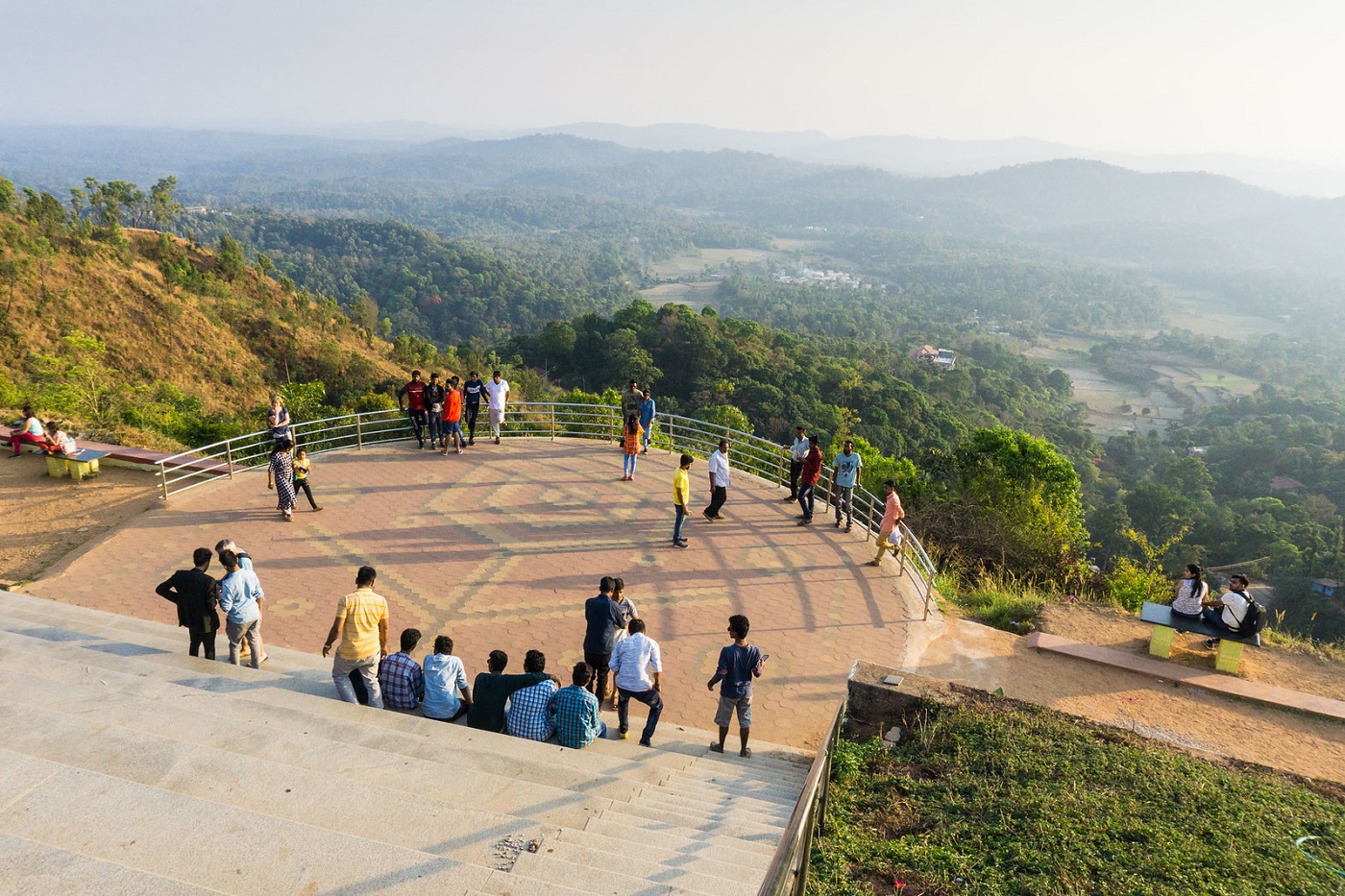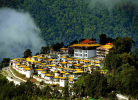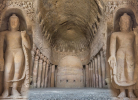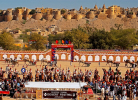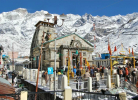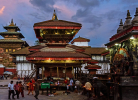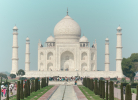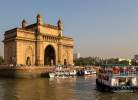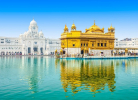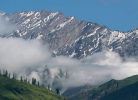A Divine Experience in Uttarakhand – The Chardham Yatra
Chardham tour or the Char Dham yatra is the voyage of tracing back the steps of ancient saints and sages towards salvation. In Hindu theology, salvation is breaking out of the chains of re-birth and attaining eternal peace in heaven.
Even if you are not a follower of theology, the circuit of Char Dham would give you peace, rejuvenation, and positive energy, thanks to the lush misty mountain landscape, which is veined by freshwater bodies formed from the glaciers of Himalayan mountains. The ambiance is fresh and the breeze is gentle. The route is filled with panoramic viewpoints, unique flora, interesting temples, and even a couple of hot springs.
Chardham Yatra of Uttarakhand
When Uttarakhand was formed, it was named as Uttaranchal the land of Gods. Chardham is a pilgrimage tour conducted in Uttarakhand (erstwhile name, Uttaranchal). This circuit covers four main dhams heavenly abode.
The trip starts with Yamunotri (the place of River Yamuna) and goes on with Gangotri (abode of River Ganges) and Kedarnath (Lord Shiva). The circuit ends at Badrinath (Lord Vishnu). According to mythology and religious literatures, this circuit will wash off the earthly sins and allows the soul to attain peace (moksha).
Also Read : What is Char Dham Yatra?
The unofficial starting point - Haridwar
Due to transportation needs, pilgrims start their trip from Haridwar. From Haridwar, they travel towards Yamunotri, the first destination of Char Dham. However, today, the pilgrims consider Haridwar as their base or gateway to Char Dham.
Haridwar is an equally important pilgrimage destination. It is one of the few holy cities through with the River Ganges run. Pilgrims spend a day at Haridwar to rest, take part in Ganga Aarti, visit a few temples, and take a holy dip in the river.
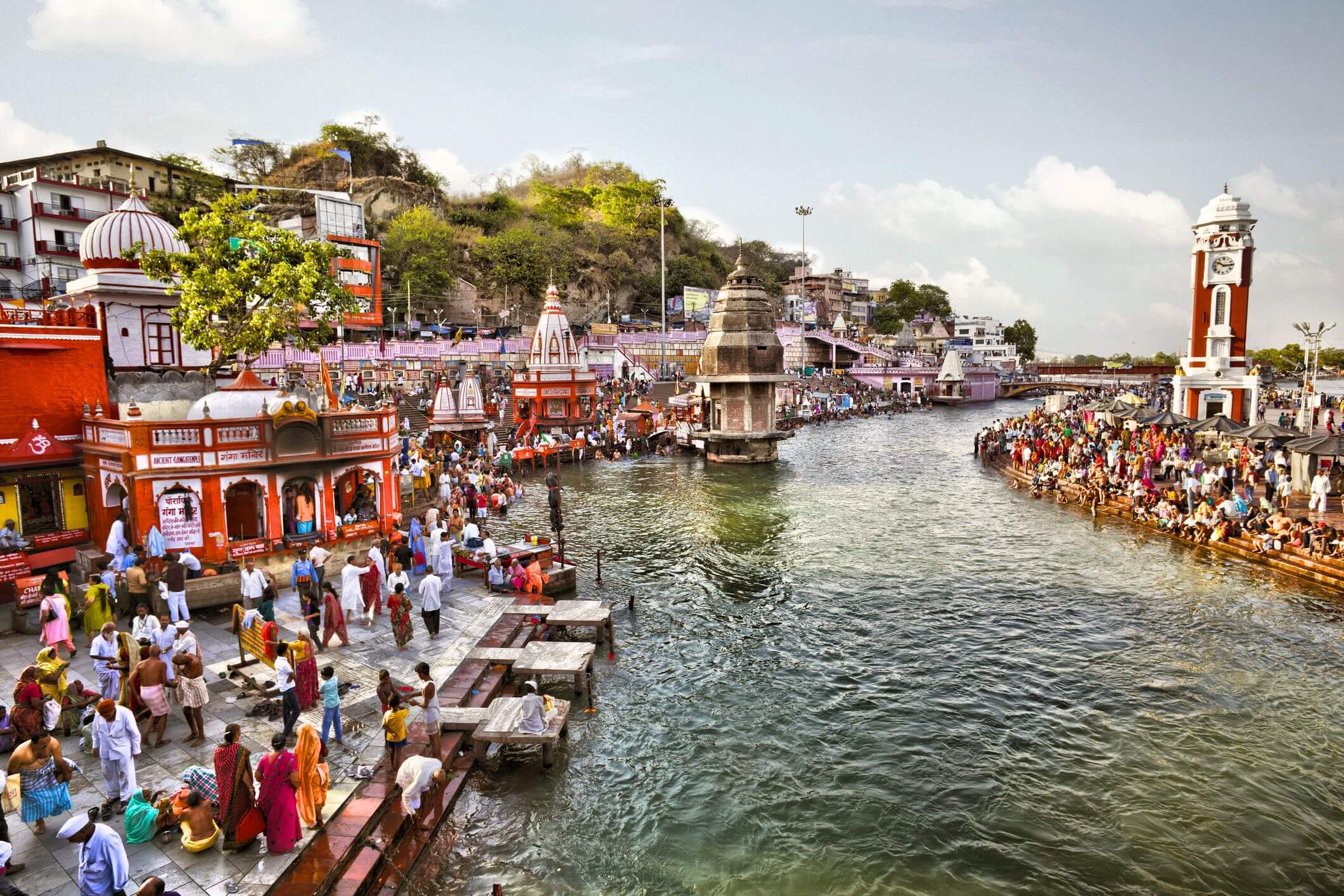
The first Step Towards Salvation - Yamunotri Dham
Found in Uttarkashi region, the Yamunotri is the origin point of River Yamuna. In this region, it is not just a river; it is Goddess Yamuna, the sibling of Yama, the God of Death. The road route halts at Janki Chatti.
From there, pilgrims have to walk for 6 km. If you are looking for comfortable option, dolis and horses are available. According to avid pilgrims, 6 km on the back of a horse is not a picnic, either.
This six kilometer trail is a Himalayan paradise. The tourists would be walking along the side of a flowing river, occasional patches of forests, and others. The last kilometer of the trail is the hardest as it is a sudden ascend.
As a gift, at the end of the last kilometer, you would be reaching a hot spring. Washing your legs off in the hot springs will rejuvenate you. The interesting part about this hot springs is that, it is located several thousands of meters above sea level. Right on the edge of the river, you will find a shrine for Maa Yamuna.
According to legends, Yama (the God of Death) gave a blessing to Yamuna that whoever takes a holy dip in the river would stay out of hell. Thus, it is the first step towards salvation.
The Journey towards River Ganges - Gangotri Dham
The most sacred river of India is River Ganges. The origin spot of this river is considered as the pinnacle of purity. Thankfully, Gangotri is accessible via road.
After a scenic drive along the side of River Bhagirathi (Ganges), you will reach the temple. The river is quite powerful in this region.
Thus, be cautious when you wash your legs in the river. The white noise of the river and the mountain breeze with glacier chillness would bring the peace you longed for. The temple is dedicated to River Ganges. It is a simple structure, yet nature makes it a priceless destination.
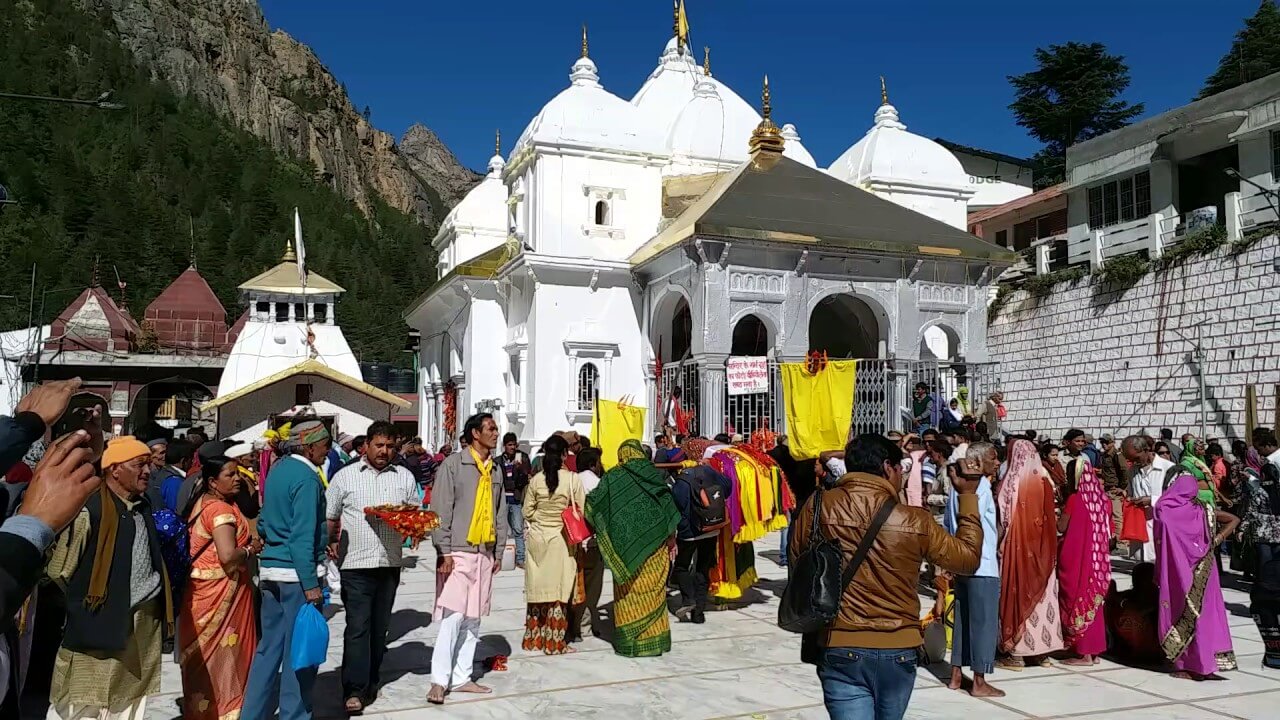
The Jyotirlinga Temple- Kedarnath
If you thought the 6 km trek to Yamunotri was a painful task, Kedarnath is your Hercules' Challenge. Kedarnath is present in Rudraprayag district.
Tourist would halt at Gaurikund, as the road route stops here. Gaurikund is an interesting spot that has a temple where Lord Parvati wed Lord Shiva. Their wedding pyre is left to burn until date and the ashes from that pyre is said to bring marital bliss.
From Gaurikund, the Kedarnath temple is 14 km away. Very pious pilgrims halt at Guptkashi and walk for 35 km to reach Kedarnath. The choice is yours. However, remember that you would be walking back the same distance from Kedarnath to reach your starting point. You can find horses, dolis, helicopters and other options to reach Kedarnath too.
It is a religious routine to chant Lord Shiva's mantra throughout the route. You can always hear group of un-synced chants, which would give you the boost you would need to take up the task. You would be walking through Himalayan wilderness on both sides, and rivers gushing through the rugged area. It is possible to spot unique flora and fauna on the route.
According to pilgrims, the route to the temple is kept hard to test your own stamina and perseverance. It is not just about physical ability. It is a combination of mental and physical strength that would take you through the 14 km of ascending altitude. Your trekking trail halts at Kedarnath town at the altitude of 3,583m above the sea level.
The final abode - Badrinath Dham
The final destination is Badrinath Dham. This is the sacred place of Lord Vishnu. Located at 3100m above sea level, closer to the origin of Alaknanda River, this temple is believed to the gateway to heaven.
Pandavas visited this temple to seek salvation for killing their kins during the great Mahabharata war. A few kilometers beyond the temple, there is a town named Mana. It is said that Sage Vyasa wrote Mahabharata in the cave of Mana. The Badrinath temple is a grand structure with gold plated facade.
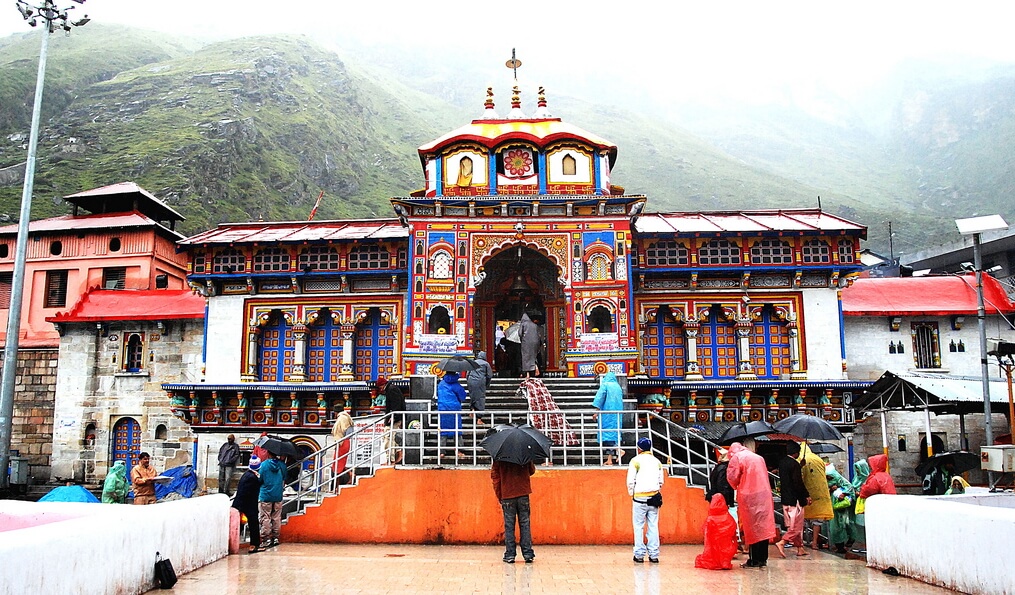
Spiritual Significance of the Char Dham
As per traditions, the Char Dham has to be taken from west to east. That is why the pilgrims first visit the west-most destination, Yamunotri, then visit Gangotri and Kedarnath, and end the pilgrimage at the east-most destination, Badrinath.
The main element of this yatra is, however, not the temples. It is about the four rivers; the Yamuna, Ganga (River Ganges), Mandakini, and Alaknanda. These four rivers are said to wash away any worldly sin from the soul.
The four temples are specifically made harder to reach to signify that the humans should be passionate and resilient to visit all the four temples. A pilgrim has to ride through bumpy rugged mountain roads, trek through rugged terrains, camp closer to river, get used to the high altitude and low temperature, and face the wrath of nature. Only those who are physically and mentally prepared for this challenge can take up this salvation quest.
However, today, if you wish to cover all the four destinations in a comfortable way, you can choose to fly to these destinations in a chopper.
Suggested Tour: 12 Days - Chardham Tour Package


